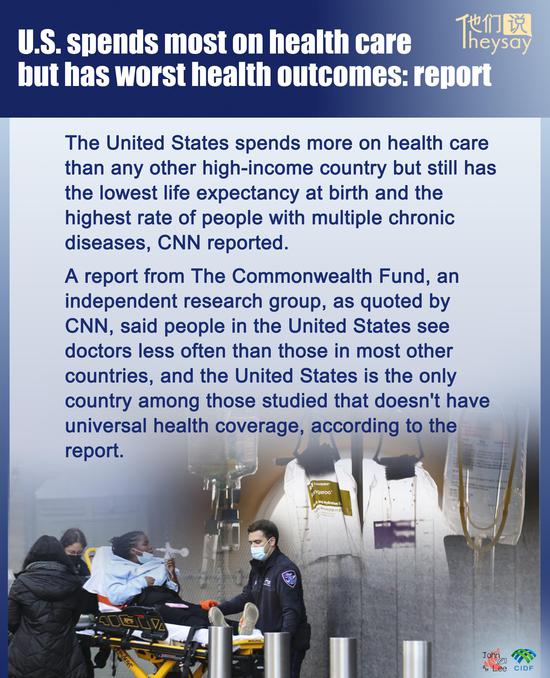
Pharmacists check prescription information at a fever clinic in Minhang district of Shanghai on Jan 8. (Photo/Xinhua)
The possibility of a big wave of COVID-19 infections in China in the future is slim, experts said on Thursday, adding that no new variants with significantly strong transmissibility or virulence have been detected.
Wu Zunyou, chief epidemiologist at the Chinese Center for Disease Control and Prevention, said that China faced a major outbreak following the optimization of COVID-19 control measures, and most of those who were infected have either recovered or are recovering.
"Herd immunity across the country is high at present, so the chances of experiencing a fresh wave of outbreak in the coming months are slim," he said during a news conference.
With its COVID-19 curbs being gradually lifted since mid-November, infections in China peaked in late December and started declining thereafter. About 80 percent of the population was infected by Jan 21, Wu said. Furthermore, he said, the risk of another COVID-19 epidemic on a par with the one that peaked in December is low.
"Infection clusters will likely occur sporadically in some regions in the future, but the chances of an acute, national epidemic are slim," he said.
China canceled quarantine requirements for inbound travelers on Jan 8. The Chinese mainland resumed full normal travel with the Hong Kong and Macao special administrative regions on Monday, resulting in a marked increase in trips between the Chinese mainland and other regions.
Chen Cao, another researcher at the China CDC, said that since Jan 1, 39 sublineages of the Omicron variant have been detected in inbound passengers, with the majority being offshoots of BA. 5.2 and BF.7. These two were also the dominant strains during the recent domestic outbreak.
"So far, no new variants with a significant increase in transmissibility, pathogenicity or immunity evasiveness have been detected," Chen said.
Since the novel coronavirus first emerged in late 2019, Wu said that mutations have been constant. New strains tend to become increasingly contagious, more capable of escaping immunity, but at the same time are less deadly, he said.
According to World Health Organization data, 0.08 percent of infections in December were fatal, compared with 1.72 percent in 2021 and 2.33 percent in 2020.
Based on available evidence, Wu said, "The possibility of the virus becoming more transmissible is very low, and the chances of it mutating toward higher pathogenicity are also very low".
Liu Peijun, deputy director of the Ministry of Education's Department of Physical, Health and Arts Education, said that since the current outbreak is "stable", the new spring semester will begin as scheduled.
Education bureaus and schools have geared up for the new semester, and local authorities have been asked to set up more clinics and health stations on campuses, besides stocking up on anti-epidemic materials, he said.
An analysis of COVID-19 cases in Beijing from Nov 14 to Dec 20 also suggests that no new variants emerged during China's recent outbreak, according to a study published on Thursday in The Lancet, an independent, international medical journal.
Researchers led by Gao Fu, from the Institute of Microbiology at the Chinese Academy of Sciences, conducted genome analysis of 413 COVID-19 cases in the capital during the period.
They found that all cases — 350 domestic infections and 63 imported — belonged to known strains, and more than 90 percent of local infections involved two Omicron subvariants, BA. 5.2 and BF.7.
"Although our data was only from Beijing, the results could be considered a snapshot of China due to the frequent population exchanges and the presence of circulating strains with high transmissibility," the study said.
Gao said their analysis "suggests that two known Omicron subvariants — not any new variants — have been chiefly responsible for the recent surge in Beijing, and likely in China as a whole".
With COVID-19 cases still being recorded in the country, it is important to continue monitoring the situation closely, so that any potential emerging variant can promptly be detected, he added.


















































 京公网安备 11010202009201号
京公网安备 11010202009201号